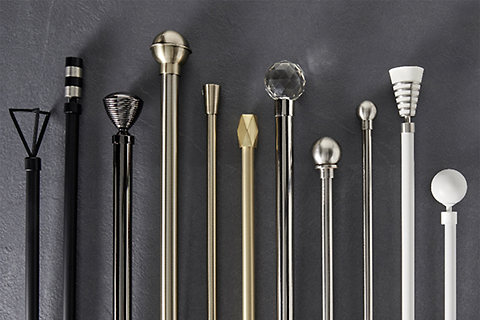Blinds, Shutters & Curtain Ideas
Dress your windows in style with expert advice and window curtain ideas from B&Q. Not sure which curtains to buy, or need help putting them up? Our guides will explain the best curtains, poles, and tracks and how to hang them. Whether you need to find the right curtain pole for bay windows, or you’re looking for living room curtain ideas – we’re here to help. Find the best blinds for windows with our buying guide, we’ll help you pick the right one for your room. Venetian blinds are great for moderating daylight whilst still maintaining privacy. Vertical blinds look stunning on a large window, and roller blinds are a great option for small windows, such as your bathroom or downstairs loo. Struggling to sleep past dawn? We’ll help you find the best blackout blinds to block out the light, as well as noise. We’ll show you how to measure your window for curtains and blinds. Plus, we’ll show you how to install a curtain pole or track, hang curtains and put-up blinds to give your home warmth, privacy, and a touch of style.










